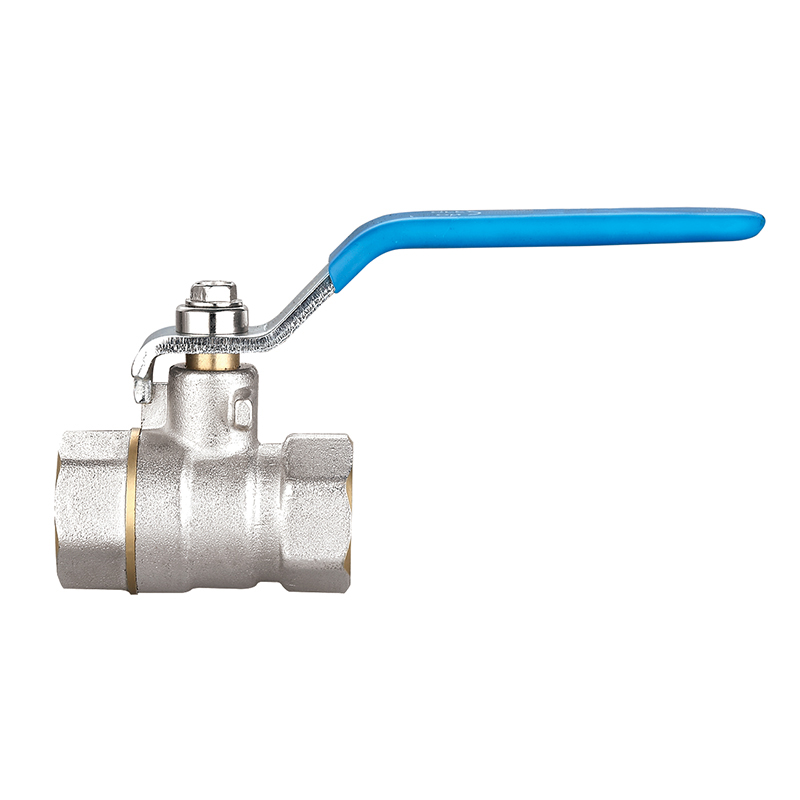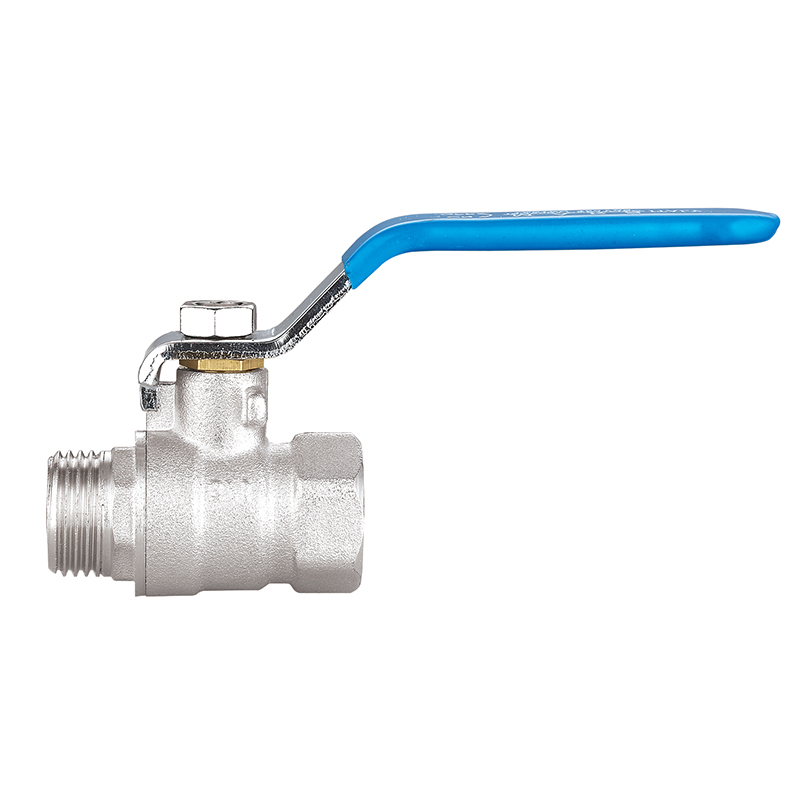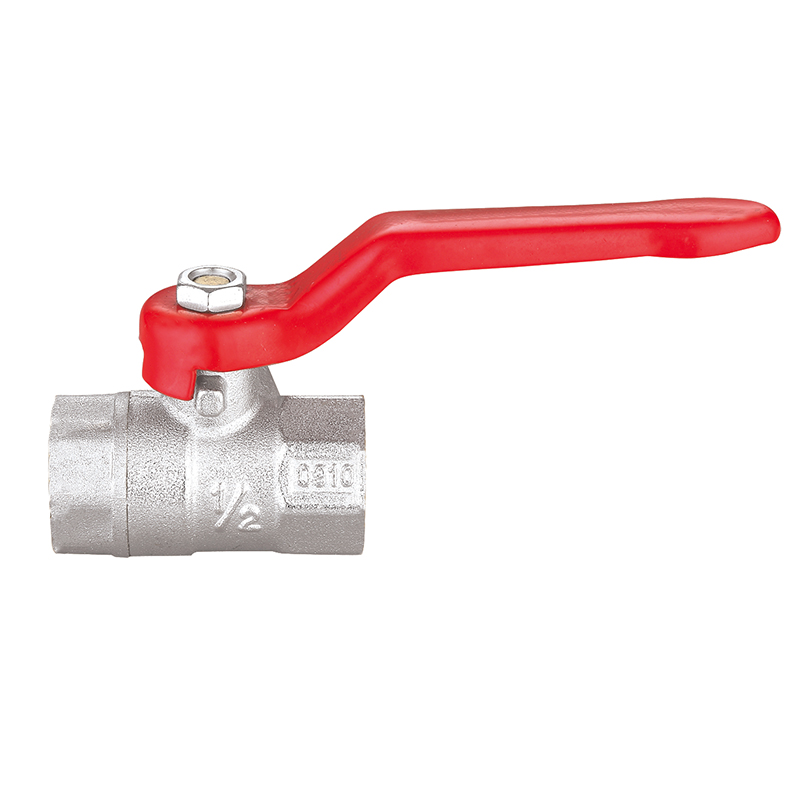Swing Type Check Valves: Reliable One-Way Flow Control for Critical Fluid Systems
2025-07-11
Swing type check valves are essential components in fluid handling systems, designed to ensure that flow moves in only one direction and prevent the potentially damaging effects of backflow. Unlike manually operated valves, swing check valves function automatically, opening and closing in response to flow pressure within the system. Their simple yet highly effective design makes them ideal for applications that demand maintenance, dependable performance, and passive protection against reverse flow.
Basic Operating Principle
A swing check valve operates using a hinged disc, or "flap," which swings open to allow forward flow and automatically closes when flow stops or reverses. When fluid moves in the correct direction, the pressure pushes the disc open, enabling unobstructed flow. When pressure drops or attempts to reverse, gravity or back pressure causes the disc to swing shut against the valve seat, creating a seal that prevents backflow.
This mechanism requires no external control or actuator, making swing type check valves a passive yet vital part of system safety and efficiency.
Key Design Features
Hinged Disc Mechanism
The core element of a swing check valve is its freely pivoting disc. The disc is attached to a hinge pin and swings within the valve body, seated against a soft or metal surface to stop reverse flow. This swinging action is smooth and generally produces low pressure drop during normal operation.
Full Port Design
Many swing check valves are designed with a full port opening that matches the pipe diameter, turbulence and pressure loss. This makes them especially suitable for systems requiring high flow rates or low resistance.

Maintenance Requirements
With no handwheels, actuators, or external controls, swing type check valves are low-maintenance components. Their simplicity contributes to system reliability and lowers the cost of operation over time.
Horizontal or Vertical Installation
Swing check valves are typically installed in horizontal piping systems but can also be installed vertically when flow is upward. However, orientation affects performance, and horizontal installations are generally for sealing and disc movement.
Construction Materials
Swing check valves are manufactured from a variety of materials to suit different fluid types, temperatures, and pressure requirements:
Cast Iron and Ductile Iron: Common in general water systems and HVAC pipelines.
Carbon Steel: Suitable for oil, steam, and higher-temperature fluids.
Stainless Steel: Used in corrosive environments such as chemical plants or marine applications.
Bronze and Brass: for potable water, marine systems, and small-scale plumbing applications.
The valve seat and disc may be metal-to-metal or include elastomeric materials like EPDM, NBR, or PTFE for enhanced sealing performance and noise reduction.
Applications of Swing Check Valves
Due to their one-way operation and ability to handle high flow rates with low resistance, swing check valves are used across a broad range of industries and systems:
Municipal Water Systems: Installed in distribution lines to protect pumps and prevent contamination due to backflow.
Irrigation and Agriculture: Prevent water hammer and back-siphonage in large irrigation networks.
HVAC Systems: Control fluid direction in cooling loops and prevent reverse pressure in chilled water lines.
Industrial Processing: Used in chemical, petrochemical, and food processing plants to maintain unidirectional flow of liquids or gases.
Power Plants and Boilers: Ensure safe flow of steam and condensate in high-temperature environments.
Wastewater Treatment: Prevents contaminated water from reversing into clean or treated lines.
Benefits of Swing Check Valves
Automatic Backflow Prevention: No manual intervention required—operation is triggered entirely by system pressure.
Low Pressure Drop: The full-flow design ensures high efficiency with restriction to flow.
Simple Design: Fewer moving parts reduce the risk of mechanical failure and simplify maintenance.
Durable and Versatile: Suitable for clean, dirty, viscous, or slightly abrasive fluids.
Cost-Effective: Lower initial and maintenance costs compared to more complex valve types.
Whether you want to become our partner or need our professional guidance or support in product selections and problem solutions, our experts are always ready to help within 12 hours globally.




 русский
русский Español
Español عربى
عربى





